Staying hydrated isn’t just about how much water you drink—it’s also about the foods you eat. While many fruits and vegetables help replenish your body’s fluids, others can actually increase your risk of dehydration, especially when consumed in excess. From water-rich produce to surprisingly drying ingredients, your diet plays a powerful role in your hydration status. In this guide, we’ll highlight 10 of the most hydrating foods to help you feel refreshed and energized, along with 10 common culprits that could be quietly drying you out. Eat smart, hydrate well, and feel your best every day.
1. DEHYDRATING: Pickles
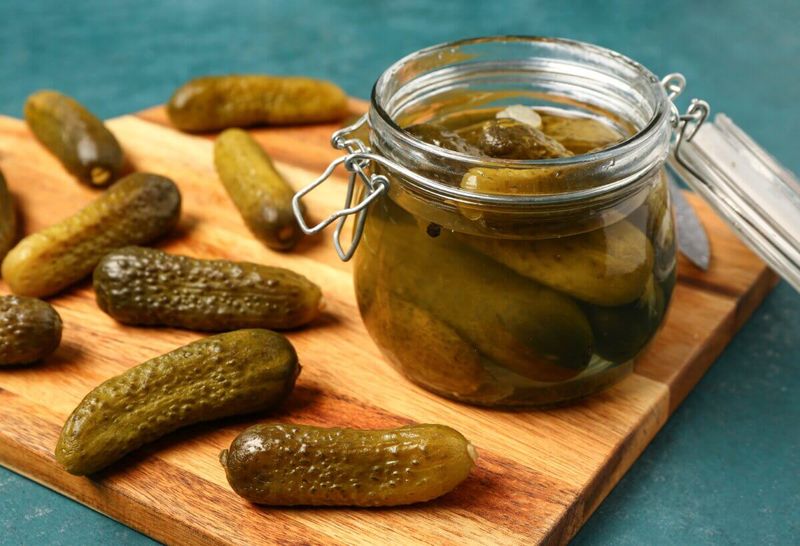
They may be crunchy and refreshing, but pickles are anything but hydrating. Despite being soaked in water, their high sodium content makes them a sneaky source of dehydration. A single spear can pack hundreds of milligrams of sodium, which prompts your body to retain water in your bloodstream while drawing it away from cells. The result? Thirst, puffiness, and possible fatigue if eaten in excess. Enjoy pickles occasionally and balance them with water-rich foods like cucumbers or watermelon. If you’re regularly reaching for pickles, your hydration habits may need a closer look.
2. DEHYDRATING: Soy Sauce
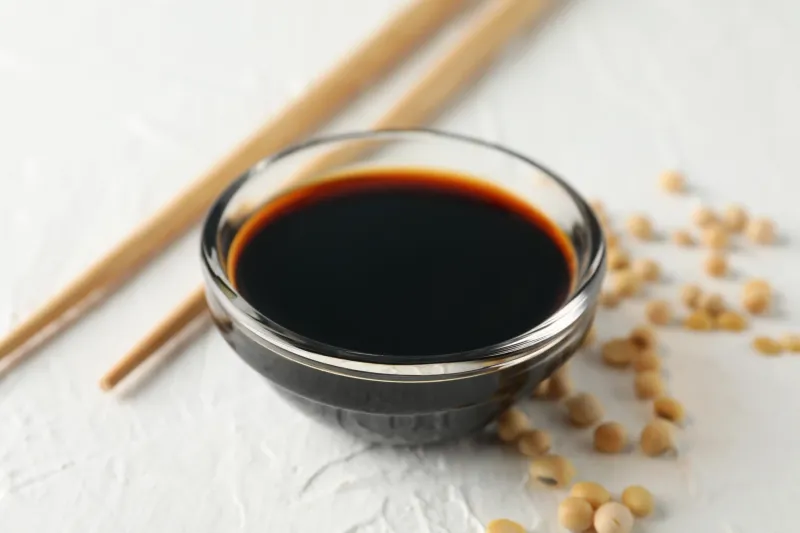
A little goes a long way—especially with soy sauce. This popular condiment can contain over 800 milligrams of sodium per tablespoon, enough to tip your body into dehydration territory with just one drizzle too many. While it adds delicious umami to stir-fries and marinades, soy sauce can cause bloating, thirst, and fluid imbalance when used in excess. Those watching their hydration—or blood pressure—should consider low-sodium versions or dilute with water when cooking. For all its flavor-enhancing power, soy sauce is one of those ingredients best used sparingly and balanced with hydration-conscious foods.
3. DEHYDRATING: Salty Snacks

Craving something crunchy? Salty snacks like chips, pretzels, and crackers may hit the spot, but they can also dry you out. These foods are loaded with sodium, which pulls water from your cells to balance fluid levels in the bloodstream.
This internal shift leads to increased thirst and potential dehydration if not properly countered with fluids. While the occasional handful won’t hurt, frequently munching on salty snacks without hydrating can leave you feeling sluggish and bloated. If you indulge, pair them with a big glass of water—or better yet, swap them for raw veggies with a pinch of sea salt.
4. DEHYDRATING: Asparagus
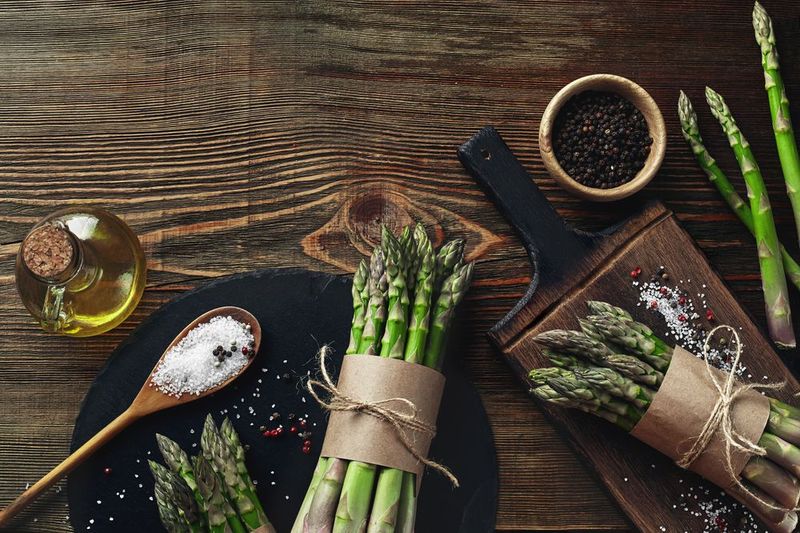
This elegant green stalk might surprise you, but asparagus has natural diuretic properties. Thanks to the amino acid asparagine, it can increase urine production, which may be helpful in some cases—but it also speeds up fluid loss. If you’re not balancing your asparagus intake with adequate water or hydrating foods, you could be nudging your hydration levels downward. While asparagus is nutrient-dense and full of fiber, potassium, and folate, it’s best to enjoy it alongside a big glass of water. Consider pairing it with water-rich sides to support balance when adding this veggie to your plate.
5. DEHYDRATING: Processed Meats

Convenient and protein-rich, processed meats like deli slices and sausages come with a hidden cost: excessive sodium and preservatives that deplete your hydration. These additives are used to enhance flavor and shelf life, but they also strain the body’s fluid balance by increasing water loss.
This effect can leave you feeling thirsty, bloated, or sluggish after a meal. If you rely on processed meats often, be sure to increase your water intake or substitute with freshly cooked lean meats, which offer similar nutritional value without the salt overload.
6. DEHYDRATING: Artichokes
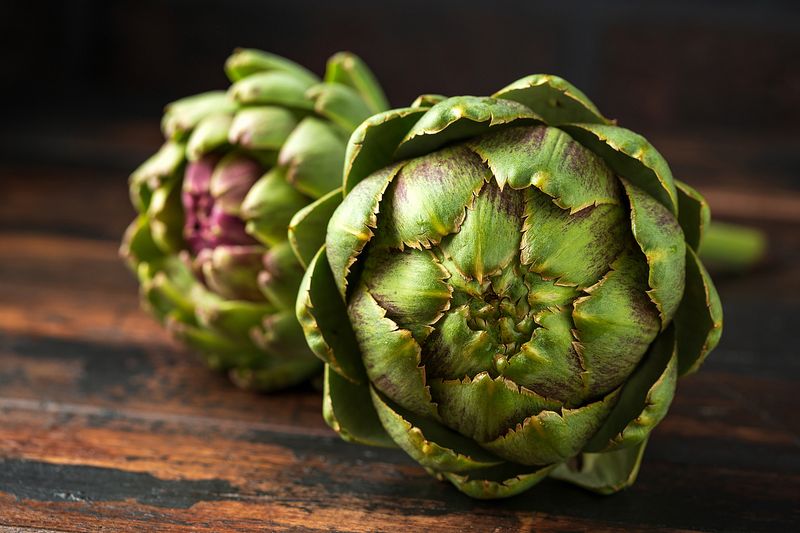
Delicious and fiber-packed, artichokes are another food with diuretic effects. While they support digestion and liver function, they may also cause the body to excrete more water than usual—especially if consumed in large portions or alongside other dehydrating foods.
The increased urination can lead to fluid loss, which becomes a concern if you’re already not drinking enough water. Artichokes are still a nutritious addition to your diet, but it’s smart to enjoy them in moderation and compensate with hydrating companions like leafy greens or cucumbers to keep your fluid balance in check.
7. DEHYDRATING: Sweets and Desserts

That sugar rush comes at a price—especially for your hydration. Sweets and desserts high in refined sugar force your body to use additional water during digestion and metabolism, which can leave you feeling dried out. The rapid spike in blood sugar pulls water from your cells, contributing to headaches, fatigue, and overall sluggishness. Common treats like candy, pastries, baked goods, and ice cream may satisfy cravings but often lead to a net loss in hydration. To minimize the effects, enjoy sugary foods in moderation and balance them with water-rich options or a glass of water to stay better hydrated.
8. DEHYDRATING: Beets
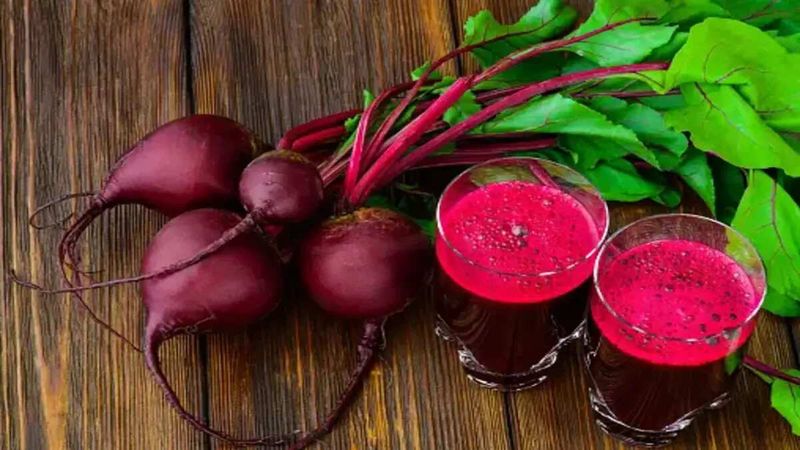
Vibrant in color and packed with antioxidants, beets are a nutritional powerhouse—but they also act as a mild diuretic. That means eating them may cause your body to produce more urine, which can contribute to dehydration if you’re not hydrating well throughout the day.
Beets also contain oxalates, which in high amounts may affect kidney function and fluid regulation in sensitive individuals. While you shouldn’t skip beets entirely—they’re excellent for circulation and detox support—it’s wise to pair them with water-rich meals or beverages to help offset any mild dehydrating effect.
9. DEHYDRATING: Alcoholic Beverages

Alcohol is one of the most well-known culprits when it comes to dehydration. It acts as a diuretic by interfering with the hormone that helps your body retain water, leading to increased urination. That’s why even a couple of drinks can leave you feeling dry-mouthed, fatigued, or headachy the next day.
Alcohol also reduces your body’s ability to absorb essential electrolytes, making dehydration even worse. To help minimize these effects, drink alcohol in moderation and always alternate with glasses of water. Hydration-conscious habits are especially important during long nights out or hot weather.
10. DEHYDRATING: Caffeinated Drinks
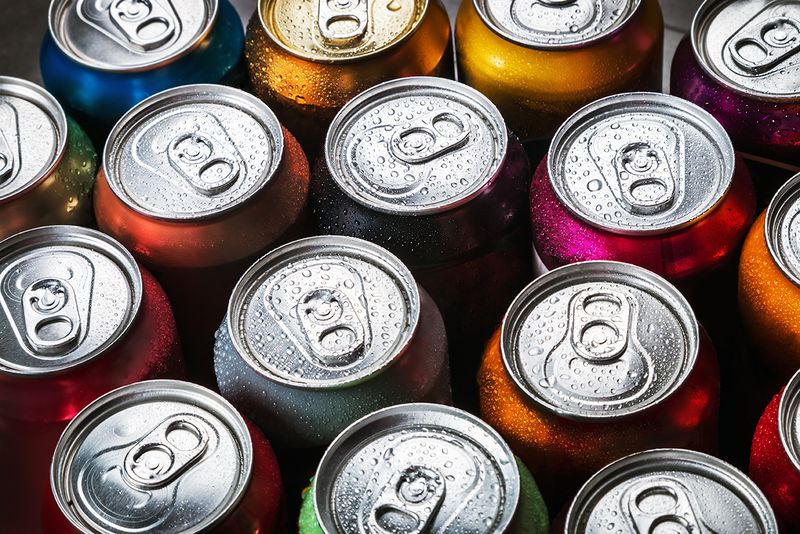
Caffeine has a mild diuretic effect, especially in high doses. Drinks like coffee, energy drinks, and certain sodas can lead to more frequent trips to the bathroom, which increases fluid loss. While moderate caffeine intake doesn’t pose a big risk for most people, overdoing it can throw off your hydration balance—particularly if you’re not compensating with water. Caffeinated beverages also often contain added sugars and sodium, which further strain your hydration status. If you’re sipping caffeine throughout the day, make sure to balance it out with water-rich foods and regular water breaks.
11. HYDRATING: Cucumber
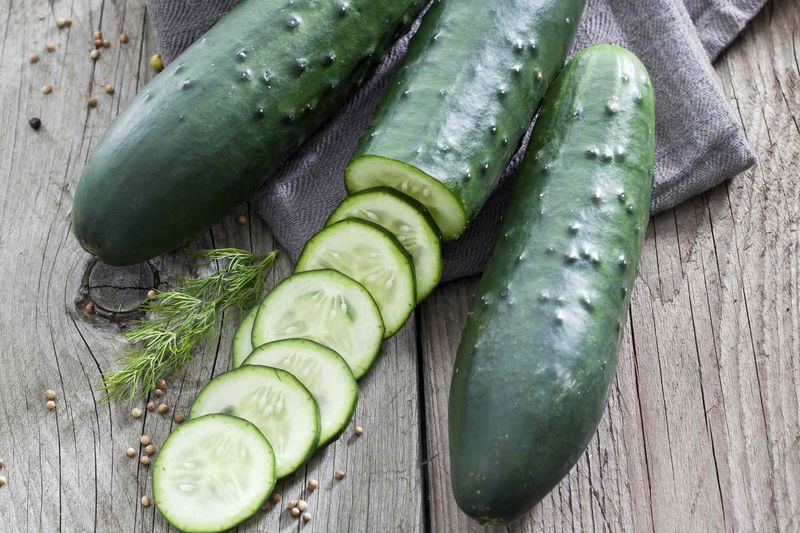
Few foods rival cucumber when it comes to hydration. With a water content of around 96%, it’s practically a vegetable you can drink. Crisp and refreshing, cucumber is a low-calorie snack that also delivers vitamin K and antioxidants. It’s great in salads, sandwiches, or infused in water for a cooling twist. Cucumbers help regulate body temperature and support skin health, making them ideal for hot days or post-workout recovery. Whether sliced, diced, or blended into smoothies, cucumbers are a simple, delicious way to keep your hydration levels high and your body feeling light and energized.
12. HYDRATING: Iceberg Lettuce
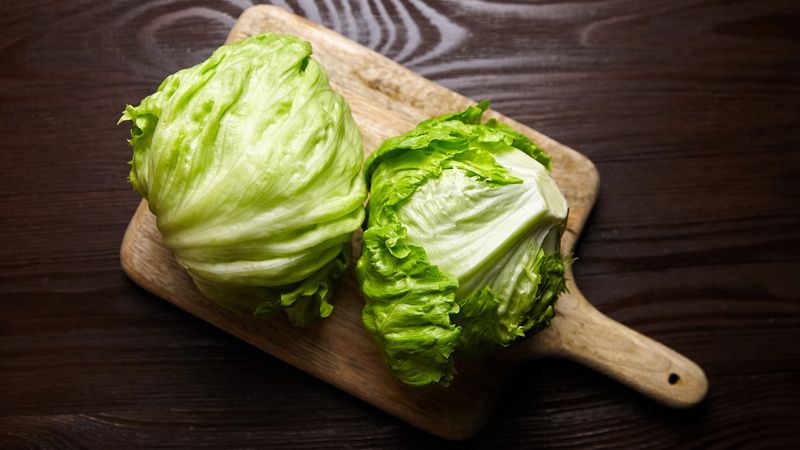
Often overlooked for its lower nutrient profile, iceberg lettuce earns its place on this list thanks to its incredibly high water content—about 95%. This leafy green is crisp, mild, and cooling, making it a natural addition to hydration-friendly meals.
While it doesn’t provide as many vitamins as darker greens, it still offers fiber and small amounts of folate and vitamin A. Use it as a base for light salads, in wraps, or layered on sandwiches to increase water intake through food. Its crunch and moisture content make iceberg lettuce a smart, hydrating choice that’s easy to enjoy daily.
13. HYDRATING: Celery

With its satisfying crunch and neutral flavor, celery is a hydration hero at about 95% water. It’s also rich in fiber, potassium, and vitamin K, offering more than just moisture. Celery acts as a natural diuretic while still replenishing your system, which helps with fluid balance and digestion. Its high water volume makes it a perfect snack for beating bloat or cooling down on warm days. Dip celery sticks into hummus or peanut butter for a hydrating, nutrient-dense bite that keeps you full and refreshed. It’s a simple, everyday vegetable that silently supports your hydration goals.
14. HYDRATING: Tomatoes
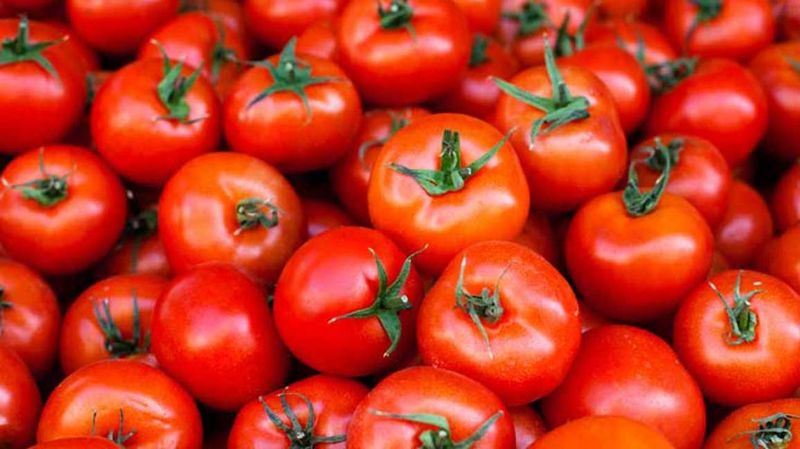
Juicy and vibrant, tomatoes are made up of about 94% water, making them an excellent addition to your hydration toolkit. Packed with antioxidants like lycopene and rich in vitamins A and C, tomatoes hydrate while offering heart-healthy and skin-supportive nutrients.
Their versatility means you can enjoy them raw in salads, sliced onto sandwiches, blended into sauces, or even roasted without losing much of their water content. Including tomatoes in your meals not only adds a burst of flavor and color but also contributes meaningfully to your daily fluid intake—one juicy bite at a time.
15. HYDRATING: Zucchini
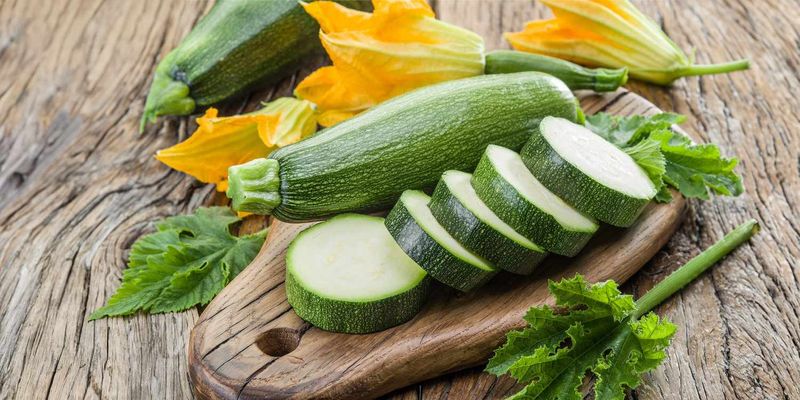
Zucchini is one of summer’s most versatile vegetables—and one of its most hydrating. Composed of about 94% water, zucchini adds moisture, fiber, and a dose of vitamin C to your plate. Its mild flavor pairs well with everything from stir-fries to pasta dishes to baked goods.
Whether spiralized, grilled, sautéed, or blended into soups, zucchini helps support hydration while aiding digestion and immune function. Its subtle sweetness and tender texture make it a favorite in both savory and sweet recipes, especially when you’re looking for a way to sneak more water into your meals without even noticing.
16. HYDRATING: Watermelon
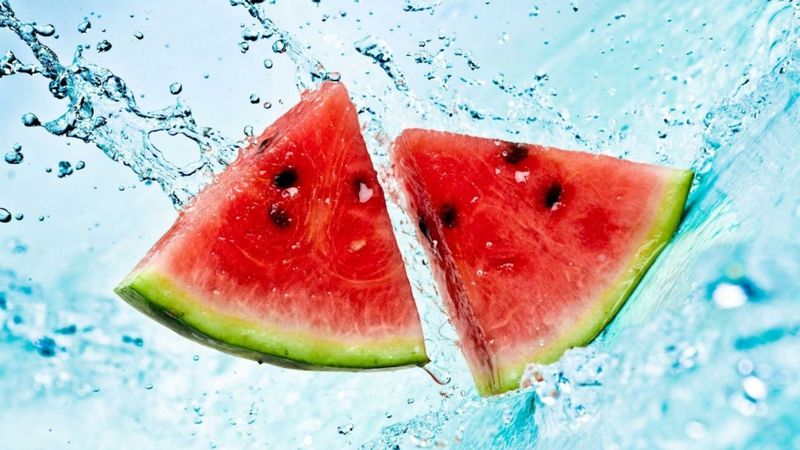
Nothing says hydration quite like watermelon. With a juicy makeup that’s about 92% water, it lives up to its name and then some. This summertime favorite is also packed with vitamins A and C, plus lycopene—an antioxidant linked to heart health and reduced inflammation. Watermelon’s high water content helps with fluid balance, while its natural sugars and electrolytes make it a great post-exercise snack. Enjoy it cubed, sliced, or blended into smoothies or frozen popsicles. Light, refreshing, and hydrating in every bite, watermelon is a delicious way to stay cool and nourished during the hottest days.
17. HYDRATING: Strawberries
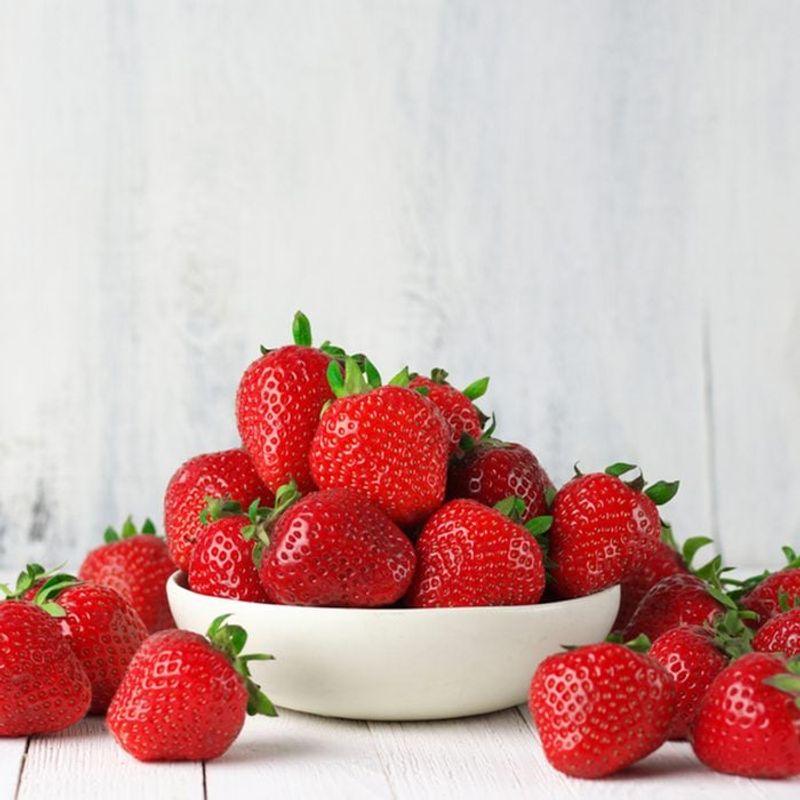
Bright, sweet, and loaded with flavor, strawberries offer more than just a colorful treat—they’re over 90% water and packed with hydration power. These berries are rich in vitamin C, antioxidants, and manganese, helping to support immune function and skin health.
Their natural juiciness makes them an excellent snack for staying hydrated, especially in warmer weather. Toss them into salads, blend into smoothies, or enjoy them on their own. Strawberries are also low in calories and high in fiber, making them a guilt-free way to quench your thirst while fueling your body with essential nutrients.
18. HYDRATING: Cantaloupe
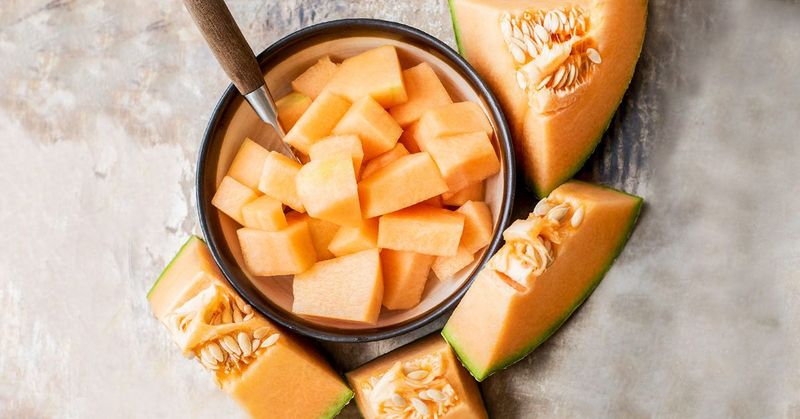
This soft, orange-fleshed melon is a hydration champion, made up of about 90% water and bursting with vitamins A and C. Cantaloupe’s high water content helps maintain fluid balance while offering a naturally sweet and satisfying snack. It’s especially refreshing when served chilled and makes a perfect addition to fruit salads, smoothies, or breakfast bowls. The beta-carotene in cantaloupe also supports healthy skin and vision. If you’re looking for a fruit that hydrates while satisfying a sweet tooth, cantaloupe delivers both flavor and function in every refreshing slice.
19. HYDRATING: Bell Peppers
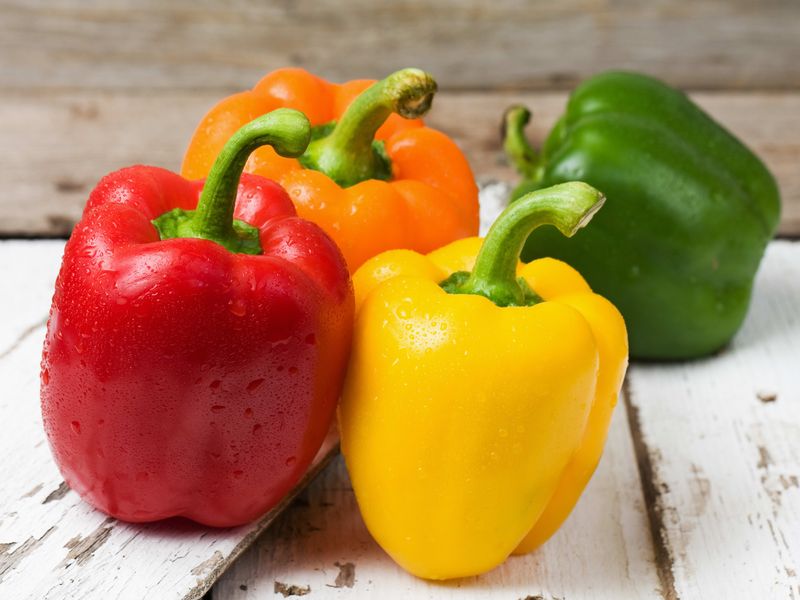
Crunchy and colorful, bell peppers are surprisingly hydrating, boasting a water content of roughly 92%. They’re also rich in vitamin C—particularly red bell peppers, which contain more than most citrus fruits. These vegetables are a great way to hydrate while also boosting your immune system and supporting collagen production. Slice them raw for dipping, chop into salads, or sauté into stir-fries. Bell peppers add flavor, texture, and moisture to any dish, making them a smart choice for staying hydrated without compromising on taste or nutrition.
20. HYDRATING: Spinach
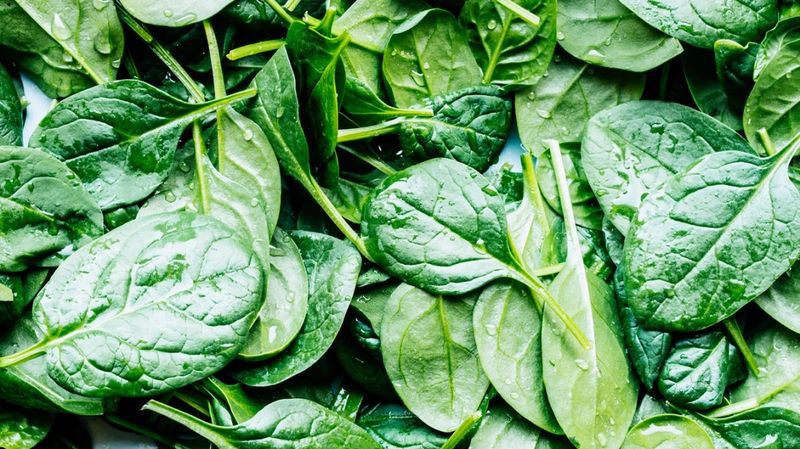
Leafy greens don’t always get credit for hydration, but spinach is composed of about 91% water. Beyond that, it’s a powerhouse of nutrients, offering iron, calcium, magnesium, and vitamins A, C, and K. Its high water and fiber content supports digestion and helps regulate body temperature.
Spinach is incredibly versatile—blend it into smoothies, toss into salads, or stir into soups and pasta dishes. Its mild flavor and tender texture make it easy to add to just about any meal. For a leafy green that keeps you hydrated and nourished, spinach is a top contender.
Leave a comment